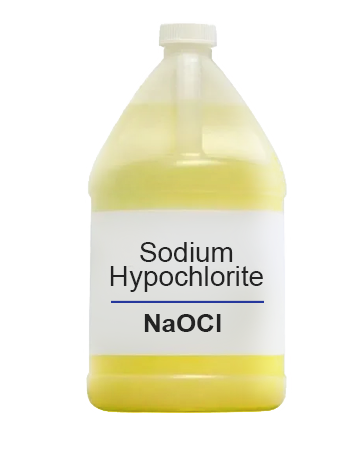Shopping cart
Newsletter
Sign Up to get updates & news about us . Get Latest Deals from Walker's Inbox to our mail address.
Phone Number:
+91 76027 13555Sign Up to get updates & news about us . Get Latest Deals from Walker's Inbox to our mail address.
Phone Number:
+91 76027 13555
Drinking Water Treatment: Sodium Hypochlorite is widely used to disinfect and purify drinking water. It helps to eliminate harmful pathogens and ensure that the water meets health and safety standards. Its use is essential in municipal water systems, ensuring that the water supplied to homes and businesses is free from contaminants.
Wastewater Treatment: In wastewater treatment plants, Sodium Hypochlorite is employed to disinfect treated effluent before it is released into the environment or recycled. It ensures that the water is free from harmful microorganisms and complies with environmental regulations.
Industrial Processes: Sodium Hypochlorite is used in various industrial applications for disinfection and sanitation. It is effective in cleaning and sanitizing equipment, surfaces, and facilities, contributing to a safe and hygienic working environment.
Swimming Pools: It is commonly used to maintain the cleanliness and safety of swimming pools by controlling algae growth and ensuring that the water remains free from harmful bacteria and pathogens.
Effective Disinfection: Sodium Hypochlorite provides a broad-spectrum antimicrobial action, making it highly effective in eliminating a wide range of pathogens.
Ease of Use: It is easy to handle and apply, with straightforward dosage and application procedures.
Cost-Effective: Sodium Hypochlorite is relatively inexpensive compared to other disinfection methods, providing an economical solution for large-scale water treatment.
While Sodium Hypochlorite is a powerful disinfectant, it must be handled with care. It is a strong oxidizer and can be corrosive to metals and certain materials. Safety precautions include:
Storage: Store in a cool, dry place away from direct sunlight and incompatible substances. Ensure that containers are tightly sealed to prevent degradation.
Personal Protection: Use appropriate personal protective equipment, including gloves and goggles, to avoid contact with skin and eyes.
Ventilation: Ensure proper ventilation in areas where Sodium Hypochlorite is used to avoid inhaling fumes.